
Don’t let the title of this post make you think I am all in and over my head. I have no plan to discuss culture, as in the cumulative arts and intellectual achievement of a neighborhood or nation or region or era. I would be over my head. I am interested in culture as the process of making something grow. Scientists are able to culture bacteria in a petrie dish, loaded with whatever medium known to make bacteria thrive. Knowing what it takes to make bacteria multiply may help to discover what might starve them off. Cultivation is an agricultural term dating back centuries. Farmers do what they can to provide optimal growing conditions for the seeds of any plant they wish to grow. Gardeners cultivate plants in their garden. Any plant you choose to grow the idea implies a willingness to provide optimal conditions.
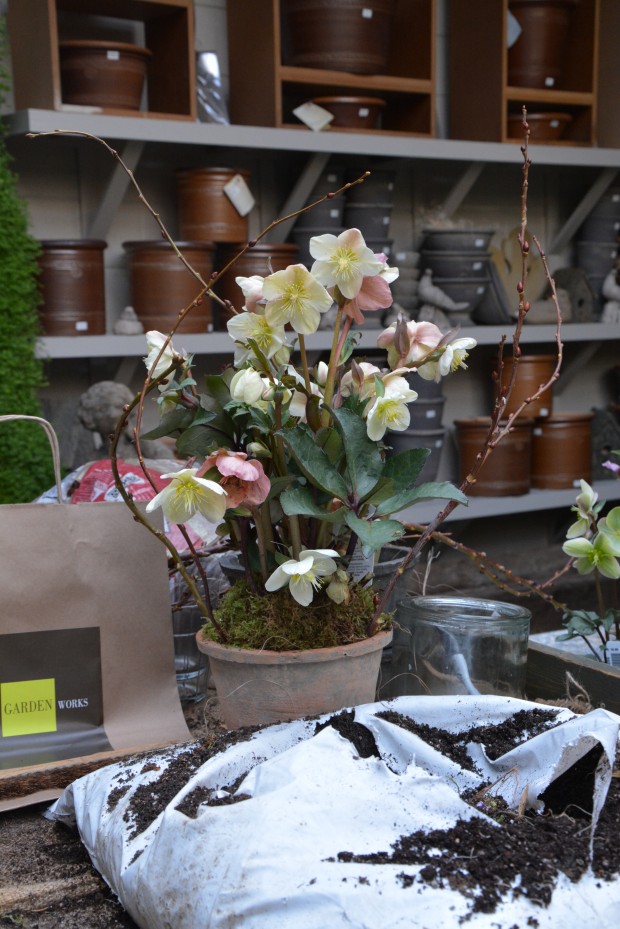 The plant of my current moment is helleborus orientalis, and its hybrids. A cultivar is a shortened version referring to cultivated varieties. Some hybrids of hellebores have poor foliage, or are shy bloomers. Others are not especially hardy, or the flowers may be buried in the foliage. Some cultivars have muddy colors, or poor form. Others have no inclination to grow. Plant breeders are an individual lot. They have a very personal and usually very long range plan to breed cultivars that grow vigorously, bloom profusely, are hardy and disease resistant. Every breeder has a different idea of what constitutes the holy grail.
The plant of my current moment is helleborus orientalis, and its hybrids. A cultivar is a shortened version referring to cultivated varieties. Some hybrids of hellebores have poor foliage, or are shy bloomers. Others are not especially hardy, or the flowers may be buried in the foliage. Some cultivars have muddy colors, or poor form. Others have no inclination to grow. Plant breeders are an individual lot. They have a very personal and usually very long range plan to breed cultivars that grow vigorously, bloom profusely, are hardy and disease resistant. Every breeder has a different idea of what constitutes the holy grail.
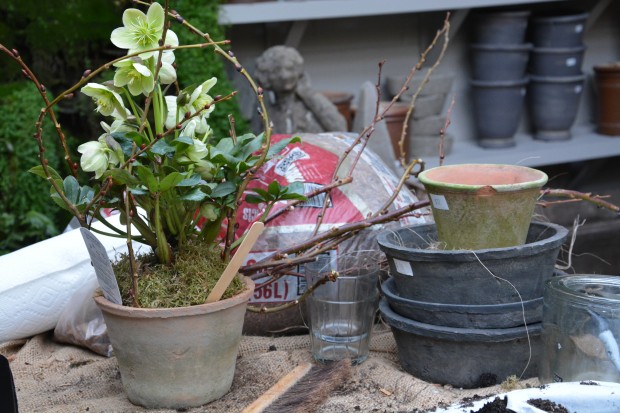 Helleborus orientalis and its related hybrids or cultivars thrive in light to medium shade, in well draining compost rich soil that has a source of regular moisture. My hellebores are planted in full sun, but I am careful to provide additional water during dry spells. I do not fuss over them much. If you cultivate hellebores in conditions that approximate their ideal siting, they will probably do well. The not fussing has a deeper meaning. Plants that appreciate and thrive in compost rich soil implies they like places where the falling leaves are allowed to rot. Those places not subject to an inordinate amount of cleanup.
Helleborus orientalis and its related hybrids or cultivars thrive in light to medium shade, in well draining compost rich soil that has a source of regular moisture. My hellebores are planted in full sun, but I am careful to provide additional water during dry spells. I do not fuss over them much. If you cultivate hellebores in conditions that approximate their ideal siting, they will probably do well. The not fussing has a deeper meaning. Plants that appreciate and thrive in compost rich soil implies they like places where the falling leaves are allowed to rot. Those places not subject to an inordinate amount of cleanup.
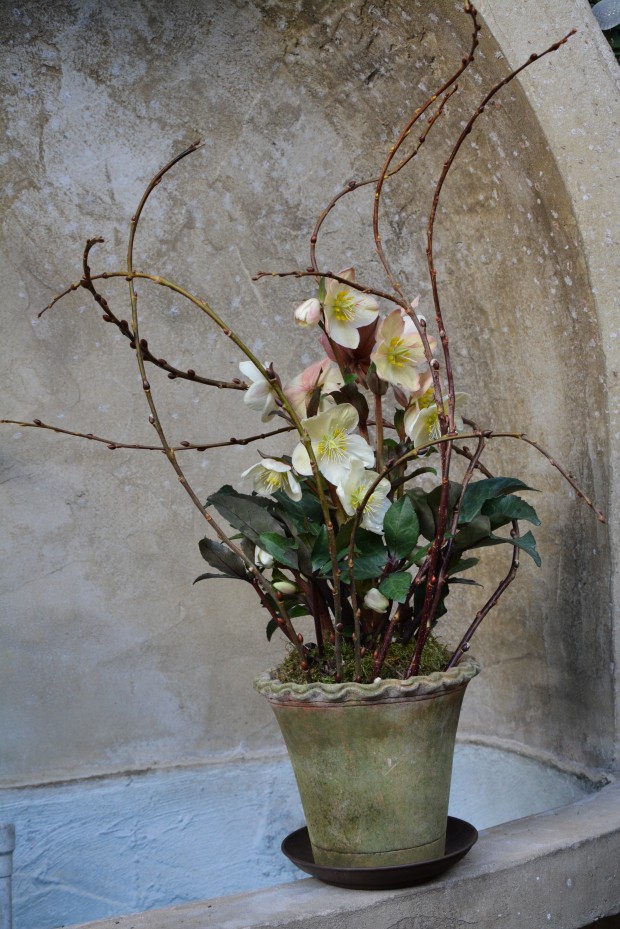 I do not cultivate the soil around my hellebores. If a hellebore is inclined to seed, it will do so with abandon. Scraping the surface in anticipation of weeds might well eliminate any seeding.. Turning the soil may turn under all the germinated babies. Even hybrids of helleborus orientalis resent too much attention. Most plants come equipped with an incredible will to live, standard issue. I cultivate my landscape with as light a hand as I can manage. I try not to interfere too much, unless there is a genuine call to action.
I do not cultivate the soil around my hellebores. If a hellebore is inclined to seed, it will do so with abandon. Scraping the surface in anticipation of weeds might well eliminate any seeding.. Turning the soil may turn under all the germinated babies. Even hybrids of helleborus orientalis resent too much attention. Most plants come equipped with an incredible will to live, standard issue. I cultivate my landscape with as light a hand as I can manage. I try not to interfere too much, unless there is a genuine call to action.
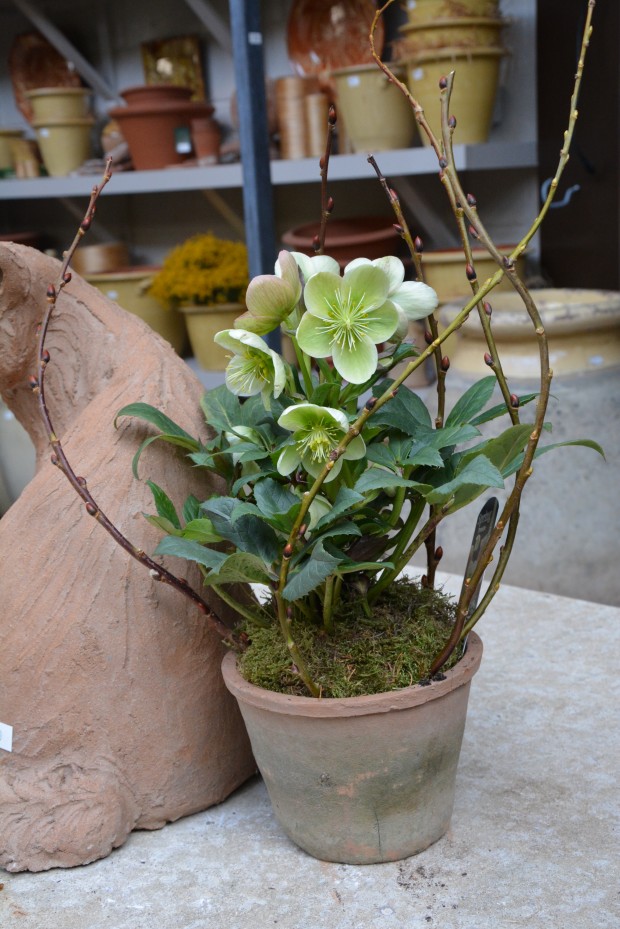 If you would like to grow hellebores, chances are you have a spot. As beautiful as they are, they are not so fussy. Deep shade means you will have fewer flowers. Deep and dry sandy shade-they don’t love this so much. Maybe another species of hellebore would be better, if this describes your conditions. A quiet spot in compost laden spongy soil in light shade-just about perfect. I try to site my plants in locations that I believe will encourage them to grow and prosper. This is plant culture.
If you would like to grow hellebores, chances are you have a spot. As beautiful as they are, they are not so fussy. Deep shade means you will have fewer flowers. Deep and dry sandy shade-they don’t love this so much. Maybe another species of hellebore would be better, if this describes your conditions. A quiet spot in compost laden spongy soil in light shade-just about perfect. I try to site my plants in locations that I believe will encourage them to grow and prosper. This is plant culture.
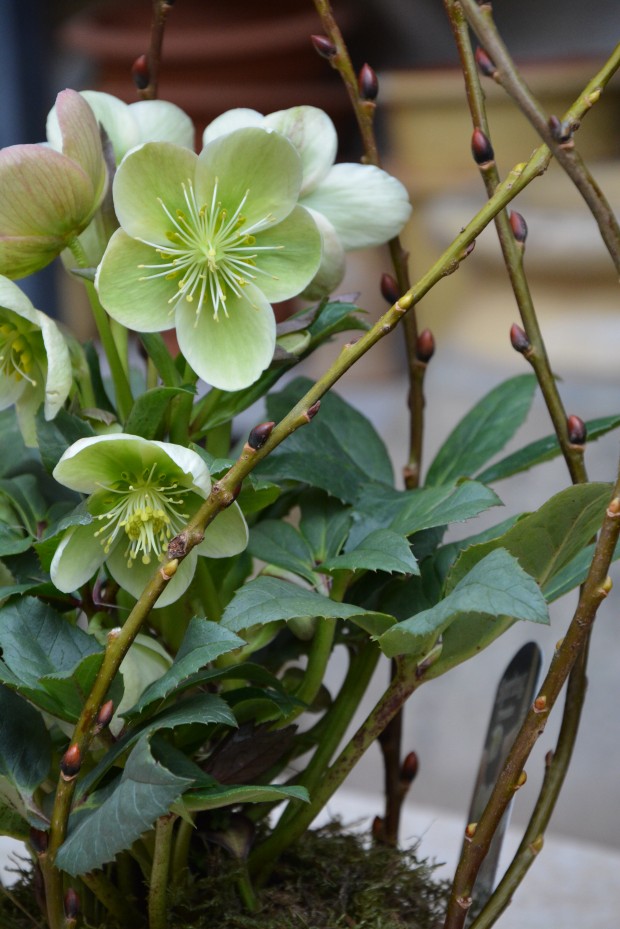 As for the hellebores in the greenhouse now at Detroit Garden Works, we keep the space cool. We run our greenhouse fans non stop. Good air circulation is a good idea for perennial plants being cultivated indoors. We don’t water these leathery leaved plants until they really need it.
As for the hellebores in the greenhouse now at Detroit Garden Works, we keep the space cool. We run our greenhouse fans non stop. Good air circulation is a good idea for perennial plants being cultivated indoors. We don’t water these leathery leaved plants until they really need it.
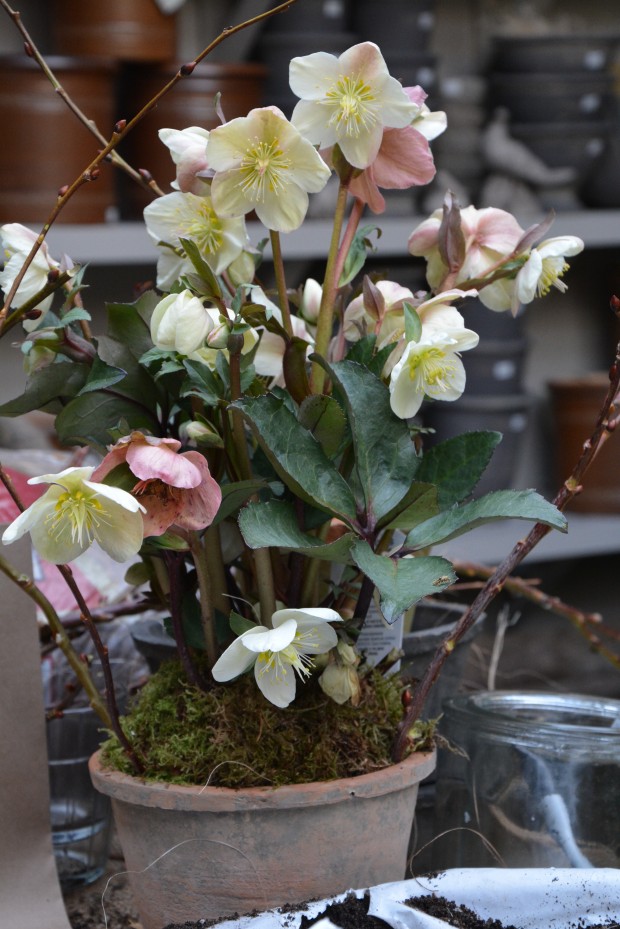 The requirements for the successful cultivation of hellebores in the garden don’t so much apply to growing them in pots. They make a great centerpiece for a spring container for a sunny window. Rob has been potting them up all day today. He has chosen to pair these blooming cultivars with cut stems of curly pussy willow, and a top dressing of natural moss.
The requirements for the successful cultivation of hellebores in the garden don’t so much apply to growing them in pots. They make a great centerpiece for a spring container for a sunny window. Rob has been potting them up all day today. He has chosen to pair these blooming cultivars with cut stems of curly pussy willow, and a top dressing of natural moss.
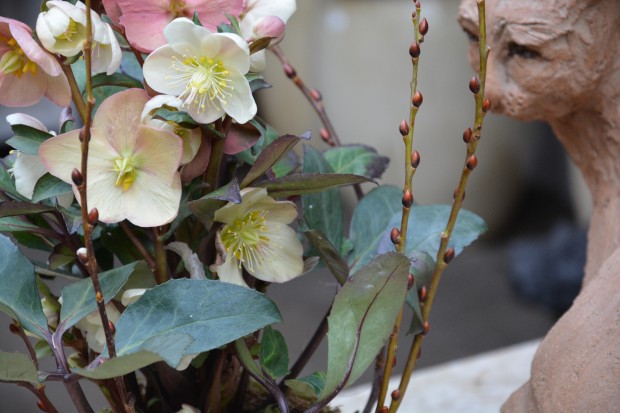 The hellebores in the ground in my garden are buried under 5 feet of snow-this is today’s news. I cannot begin to predict how my hellebore garden will do or not do this spring. This has been a winter with which I have no familiarity or experience. In the meantime, am enjoying potting up hellebores in a way I believe will hold them just fine until I can work the soil in my garden. Rob has paired his hellebore pots with fresh cut shoots of curly pussy willow. He is cultivating spring, as only he can.
The hellebores in the ground in my garden are buried under 5 feet of snow-this is today’s news. I cannot begin to predict how my hellebore garden will do or not do this spring. This has been a winter with which I have no familiarity or experience. In the meantime, am enjoying potting up hellebores in a way I believe will hold them just fine until I can work the soil in my garden. Rob has paired his hellebore pots with fresh cut shoots of curly pussy willow. He is cultivating spring, as only he can.
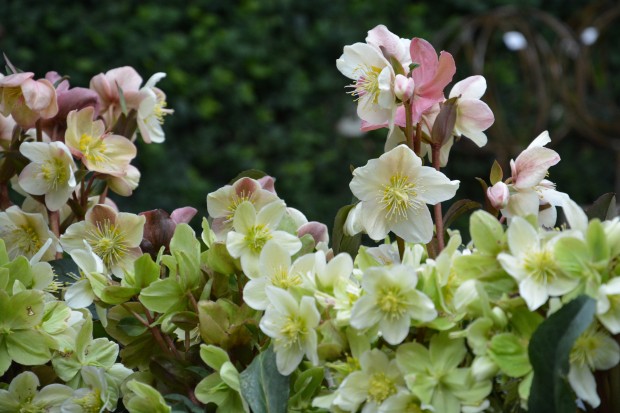
The softly colorful flowers in the first photo made me think of the most recent episode of Downton Abby when the young ladies were being presented at court to the King and Queen.
Been a while since I’ve peeked in, but I see things are still the same. Lovely as usual, your presentation with flowers, and words, always inspires! Thank you. Tom in NC
I too have hellebores. Here is wishing luck to both of us that they will survive and bloom beautifully in spite if this winter.
Diane, I have no idea what mine will do. This is a first for me-5 feet of snow still opn top of them on March 8. Thanks for writing, Deborah
Thank you, Deborah,
Seeing your pictures this morning solved my Easter church decorating dilemma. I have been using the hellebores the last few years including beautiful ones that Rob found last year. But, they have not been perfect in the large area of the Church,
.
Using them with the pussy willows is genius. I can’t wait.
Especially nice today as spring peeps through on icy walls of snow.
Deborah, I have to say, I am so in love with the work that you do. What a gift you have! I found your blog and swan-dive into every post! I so look forward to each new one.
The pictures you take are so beautiful, too. I especially adore how you have such a deep affinity for evergreens, and how you’ve used them in your yard is pure genius. I’ve learned so much from your posts, and have gotten so many ideas for the landscaping here at the home we just built.
Thank you so much for taking the time to share with all of us – more than a day trip away from where you do your good work – the details, the time lapse photos, the musings. I would give anything to be able to hire you! (Do you do e-design, by any chance?)
Dear Susan, I have never been able to figure out how to do a good job of design long distance. I really need to be able to be able to stand in and walk the property in person. Thanks for your nice letter-I appreciate it. Best, Deborah
Deborah,
I am truly delighted to have found you! I receive your posts regularly and try to read them as time permits. I find them both interesting and inspirational. Your creativity and talent amaze me!
Thank you for all that you share- I hope to visit your shop some day.
Best wishes for a spectacular season ahead!
Regards,
Sareena
Dear Sareena, thanks for your letter. I hope you have a great season too! Best, Deborah
Sometimes when you are growing a plant outdoors, you only see it that way. These potted Hellebores with the pussy willow stems are so romantic and sensual. Wish I could stop by and pick up some for my garden. Thanks for letting me dream.
Absolutely beautiful – one of my favorite plants.
Hellebores with cut stems of curly pussy willow – very lovely…Very beautiful!
I absolutely love the free form use of the pussy willow in the pots! I’ve not seen it used this way before. Thanks for great inspiration. Lynn